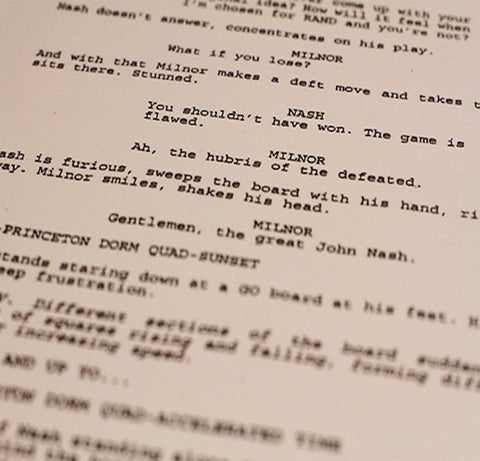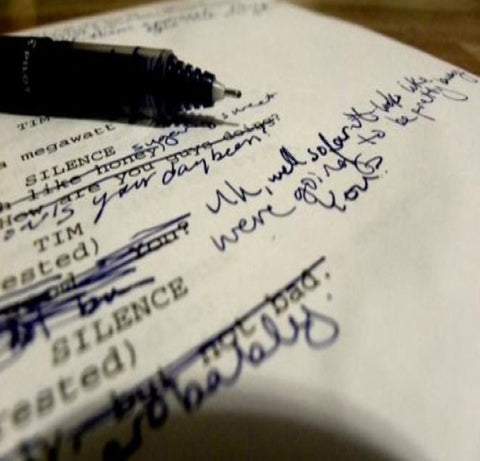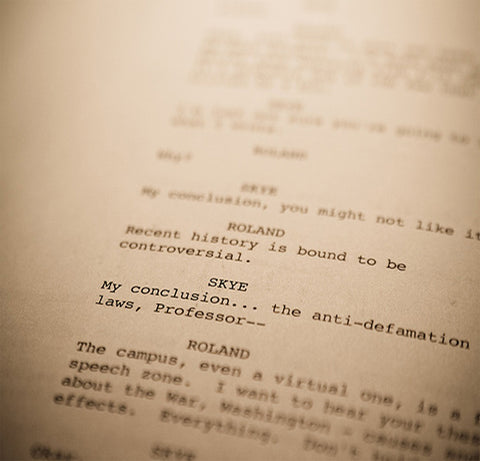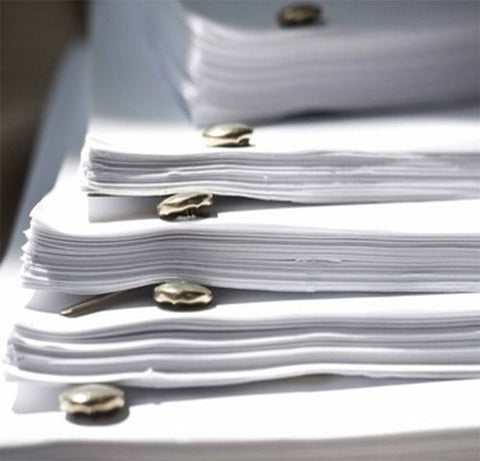
Opening Sequence
One of the most important parts of the script is the opening sequence. This is sometimes referred to as the first-10, as we’re talking about business that happens in the first ten pages or so. Basically, the first, opening scenes of the movie.
It’s typically best to use the opening sequence as statement of intention. Simply put: we’re letting the reader/audience know right off the bat what the movie intends to deliver. So if it’s a comedy, we open on a funny scene; if it’s horror, we open on a scary scene; if it’s action, we open on an action scene, and so on.
The only exception is drama, which usually has a more gradual path toward genre payload. We need to earn the heartwarming and the tears with more build than is required for a joke, a scare, a fight scene, etc.
It also doesn’t hurt to use the opening sequence to establish what our movie is about, generally speaking. For example, JAWS is a shark that’s giving everyone a hard time. So what happens in the opening sequence? The shark attacks somebody. Check the time code; Bruce is chomping on the girl within the first five minutes of screen time. There is zero question as to a) what genre this movie is (horror/thriller) and b) what it’s about (a killer shark). So much so that it would be weird if the rest of the movie wasn’t about a killer shark.
We can get bonus points if the opening sequence also acts as the hook that pulls the protagonist into the story. Again looking at JAWS, it’s the first kill that activates the attention of Sheriff Brody. Or in THE RING, the initial death shown in the opening scene motivates our intrepid protagonist reporter to look into what happened.
The opening sequence can also immediately jump into paying off its main concept. Look at STAR WARS. What happens in the opening scene? Two ships shoot at each other; we see a star war. What happens in the opening sequence of WEDDING CRASHERS? Our two leads crash weddings.
There are exceptions, of course. For example, PSYCHO famously throws the audience a curve ball; in STAR WARS we don’t meet Luke for quite some time; older James Bond movies would often open with Bond on a mission that’s unrelated to the A-story (but still pays off the promise of the genre with a lot of action).
A strong opening sequence is vital because it’s the first opportunity (besides the title and logline/marketing) to show the reader/audience what the movie is going to offer.
For example, consider a script that’s pitched as a comedy, but there are no laugh beats in the first-10. We’re left to wonder… wait, isn’t this supposed to be a comedy? Perhaps the script eventually becomes funny, but it’s gambling that the readers will be patient and keep plowing through an unfunny script in the hopes that jokes show up. Better: make the script funny on page one.




